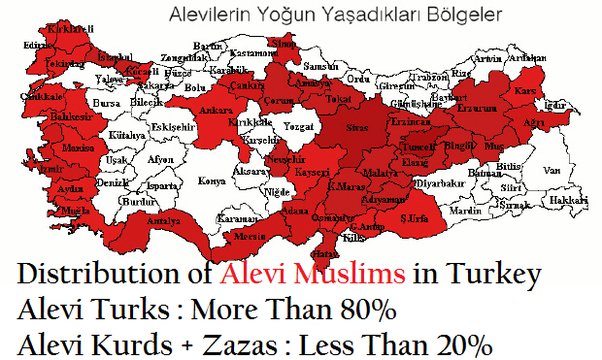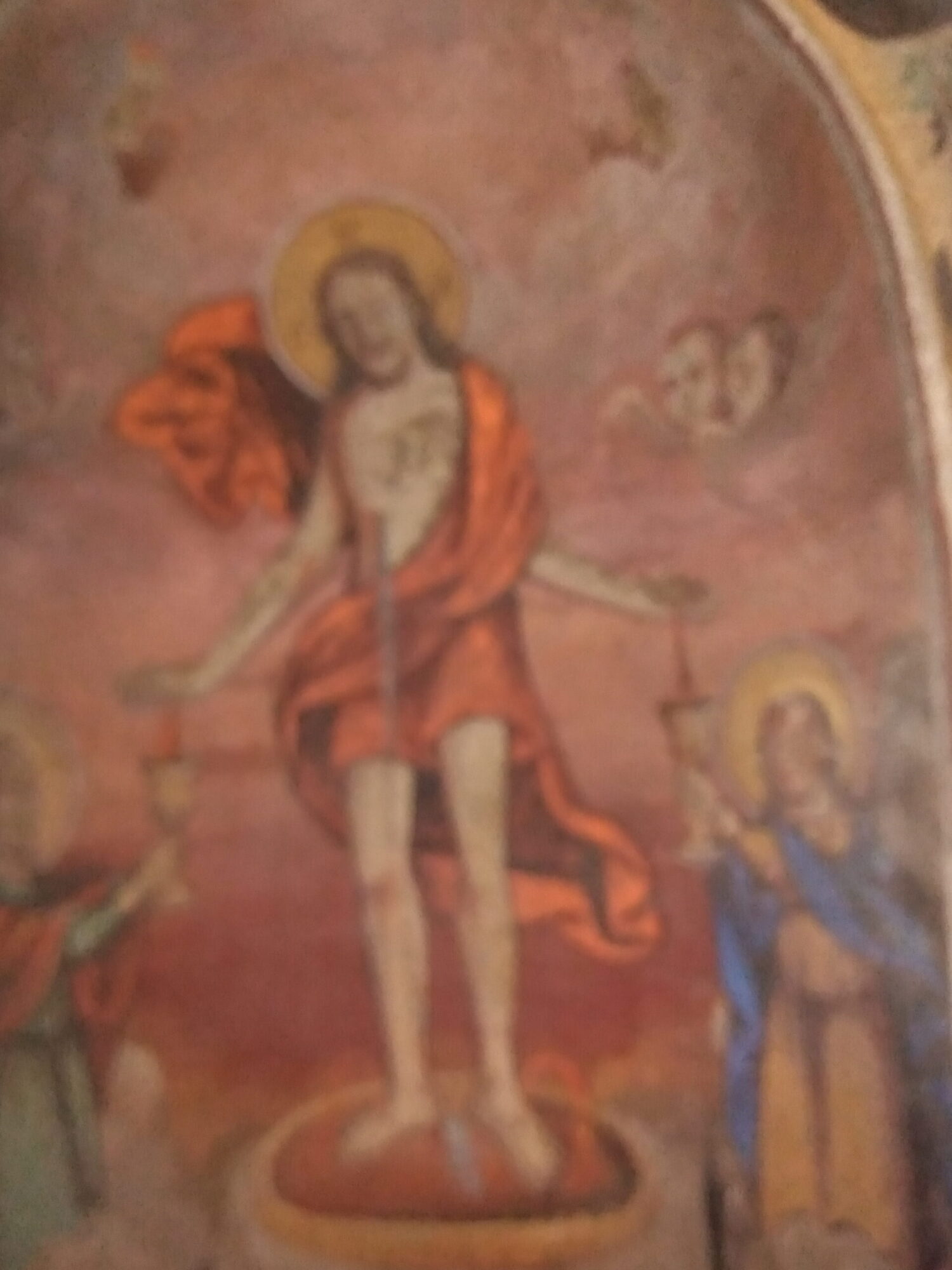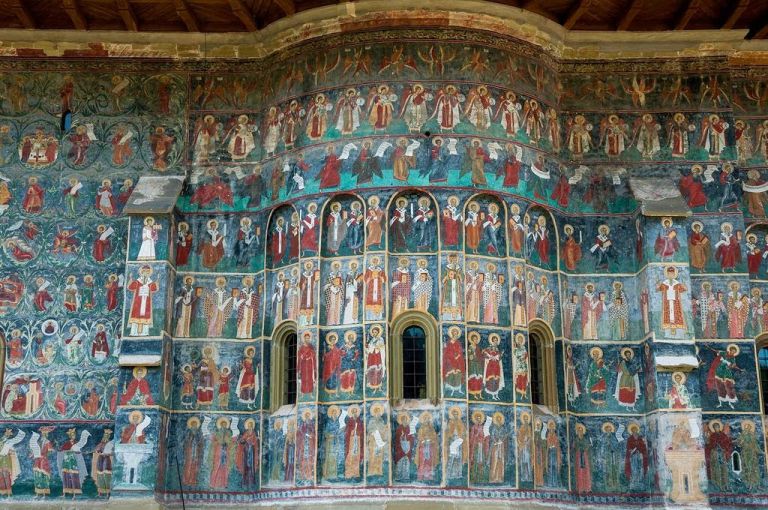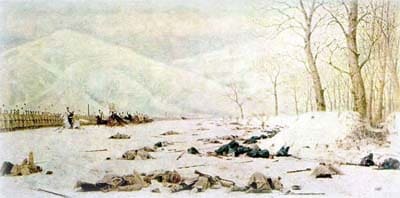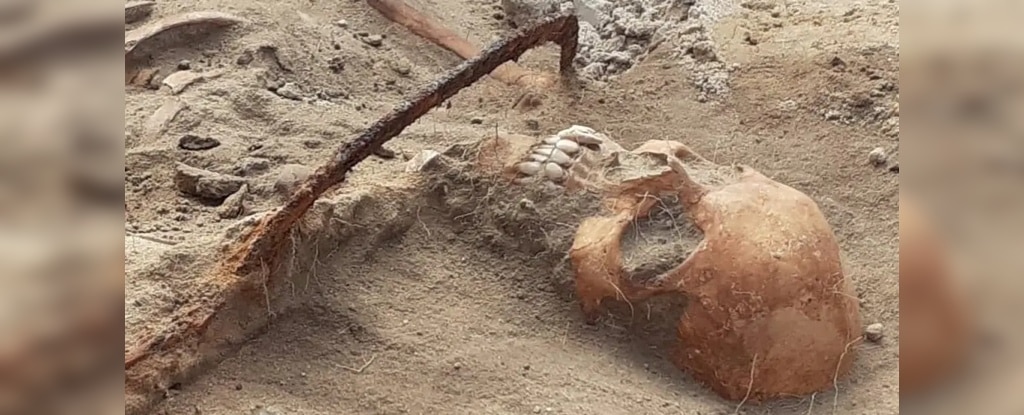Alevis are accepted by modern Shia scholarship, although there has long been controversy over this issue. From the beginning of their existence until today, the Alevis have been called by various names. In colloquial Turkish and in official documents from different periods, there are many designations for them. At the same time, they identify themselves with different names. The names “Kazalbashi”, “Alevi” and “Bektashi” have gained the greatest popularity. It is correct to point out that the term “Alevi” does not correspond either historically or chronologically to the name “Kazalbashi”. The word “Alevi” means “descendant of Ali ibn Abu Talib”, who was the son-in-law, cousin and first companion of the Prophet Muhammad. In the Ottoman Empire, this term is found since the 19th century and is preserved in modern Turkey. It refers to the opponents of Sunni Islam, i.e. the followers of Ali, who defend his right to rule in the ummah (Muslim community) after the death of Muhammad. Today, “Alevi” are the groups professing moderate or extreme Shia beliefs and mysticism. The name “Kazalbashi” appeared at the end of the 15th century and referred to the supporters of the Safavids, and later included all Turkic groups in Anatolia who professed heterodox Islam and in which the cult of Ali played a major role. The name “Kazalbash” comes from the Turkic words kazal – red and bash – head, i.e. red-headed, from the twelve red ribbons hung on their hats in honor of the twelve Shia imams. In documents from the time of the Ottoman Empire, “Kazalbash” is found as a synonym for the terms “Rafazi”, “Mulhid” and “Zandak”, which mean “heretic, apostate, godless” and have a pejorative meaning. Because of this negative meaning, “Kazalbash” is still replaced by “Alevi” to this day. It should be specified that within the community itself, the name “Kazalbash” is not offensive. The founder of the Safavid state, Shah Ismail himself, called himself, as well as his followers, “Qazlbash” without attaching a pejorative meaning to this term. According to I. Melikoff, the Qazlbashes in Anatolia, like their similar sectarian groups in Iran, should be referred to by the general name “Ali illahi”, since their common feature is the belief in the divinity of Ali. And they themselves are called so in their religious verses and prayers. At the same time, the Alevis (Kazalbashi) in Turkey are also called Bektashi, which refers them to the Bektashi Order and to Bektashiism in general. A significant number of them also identified as Babai and thus identified with the Babai movement that arose in 1239–1240 against the central Seljuk power. They are also defined as Ja’farites, i.e. as followers of the school of the sixth Imam Ja’far as-Sadiq, whose teachings they follow secretly. The community in question also uses for itself names that are kept secret from the uninitiated. Such are, for example, “ahl-i Haq” (“people of God, people of the Truth”), “Hak erenler” and “gerchek erenler” (“those who have reached the Divine truth”) or “gyuruh-i naji” (“community of the redeemed” ). Taking these meanings into consideration, it can be concluded that they perceive themselves to have known God and attained the Divine truth.
With their establishment in Anatolia, the Seljuks imposed the system of leased use of the land – ikta, tied to military and official duties. Turkic beys were also given the right to rule for life and thus became a kind of civil servants, subordinating large tribes and many settled peasants. Thus the foundation of the provincial Turkic dynasties was created. Among the tribes that arrived in Anatolia after the Mongol invasions, the imposition of the ikta system no longer proceeded smoothly. The discontent that grew among the Turks led to serious clashes between them and the Seljuk power. The most shocking was the Babai rebellion of 1239–1240 during the reign of Sultan Gyaseddin II Keyhusrev (1237–1246). The Turkic tribes resisted the advance of Islam. However, it penetrates into their lives in various ways – through coercive methods, through peaceful propaganda, through trade connections and due to economic interests. But caught in their cultural milieu, Islam was forced either to war against Turkic beliefs or to adapt and become part of them. He chooses the path to adaptation and the creation of syncretic forms. Thus, for four centuries, Islam managed to establish itself among the Turks. Entering the community of the Orthodox, the Turks preserved various national and regional traditions, integrated into their new religion. Despite becoming an integral part of the Muslim tradition, many of the Turks find it difficult to part with their old religious ideas, borrowed from shamanism and the other religious systems with which they came into contact (Buddhism, Zoroastrianism, Manichaeism, Mazdakism). A large part of the Turks do become a supporter of Islamic orthodoxy, but there are also a considerable number of adherents of Shiism who practice it in moderate or extreme forms. The penetration of Shi’ism among these groups is due to the fact that in the eastern provinces, inhabited also by Turkic groups, the propaganda of the Alids (supporters of Ali and his family) quickly spread. Already within the borders of the Ottoman Empire, the unrest of the Anatolian population did not stop. In the period after 1500, strong Turkic groups from the central Anatolian steppes, the Taurus Mountains, and the heights of Tokat and Sivas declared themselves against the centralized Ottoman administration. In an attempt to protect the settled population and preserve its agricultural income, the administration is making efforts to impose control over these tribes. For this purpose, it enters them in its cadastral registers and subjects them to systematic taxation. In the mentioned period, the Ottoman regime was no longer compatible with the nomadic economy and tribal customary law. He espoused the cause of Sunni orthodoxy, while the tribes fanatically adhered to dervish orders, preaching a form of Islam that was radically altered by tribal customs and shamanic beliefs. The mentioned tribes, known as Qazalbashi because of the red hood they wore, became the expressions of strong anti-Ottoman social and political sentiments. The Kızlbaş were the foundation of the Akkoyunlu state in Eastern Anatolia, which was one of the rivals of the Ottoman Empire to the east. In 1473, Mehmed the Conqueror crushed them mercilessly. Around 1500, however, Ismail Safavi, who was of the Safaviye dynasty, was supported by the Akkoyunlus in eastern Anatolia, in present-day Azerbaijan and Iran. As the leader of a heretical religious order, he spread his influence over all the Anatolian Turkic groups. His people preached his ideas all over Anatolia. Thousands of Ottoman subjects followed Ismail and he became their religious and political leader. For the central Ottoman power, the Qazalbashi movement was a serious internal problem because Ismail announced that he would make Anatolia part of the Iranian Empire. In 1511, when Bayezid II was old and ill, and the Ottoman princes were in conflict for the throne, the Qizlbaş of the western Anatolian highlands rose in revolt, led by one of Ismail’s men. They attack Bursa, burning and destroying everything in their path. Prince Selim was among the first to push for strong action against Ismail. Selim won the support of the Janissaries and on April 24, 1512, forced his father to abdicate. He imprisoned about 40,000 of Shah Ismail’s associates and executed them, and then attacked Ismail as well, declaring him a heretic Shiite. The Sultan caught up with the Shah’s army in eastern Anatolia and won a decisive victory at Chalderan on 23 August 1514. This victory temporarily removed the threat from the Qazalbaş and allowed Selim to annex the mountainous region from Erzurum to Diyarbakır to the Ottoman Empire. In 1516–1517, the local dynasties and chieftains of the area recognized Ottoman suzerainty. Turkic tribes from Anatolia, and in particular from Eastern Anatolia, migrated en masse to Iran and Azerbaijan, where they served as the main force in the Safavid armies. In the 16th century, there were also many forced deportations of heterodox groups from Eastern and Central Anatolia and from the conquered Azerbaijani regions. The policy of forced resettlement was most intense under Selim I and Suleiman I. In the Balkans, including the Bulgarian lands, large groups of displaced Qazalbashi arrived. Another part of the kizalbashi were killed. They remain outside the millet system. In parallel with the institutionalization of official religions and the creation of the millet system, Istanbul began to treat the Kızlbaş as a “fifth column” both religiously and politically. After defeating Safavid Persia, the Ottoman Empire severed ties between the Qazalbashi living in Ottoman territory and Iran. During this period of isolation, many og Qazalbash communities joined Bektashism, which included the Janissary Corps. This religious brotherhood, which is associated with the name of Haji Bektash (13th century), to some extent succeeded in channeling the heterodoxy of the Qazalbashi. However, one should not equate the religious practices of the Qizalbash and the Bektash, even though many of their elements of cult and belief are close. Membership in Bektashism is associated with a conscious act of initiation into a teacher. Belonging to the Qazalbashi, however, is predetermined at birth. The leaders of the two groups are not the same. The Bektashite brotherhood is led by the dedebaba, who is elected. The spiritual authority over most of the Qazalbashi is exercised by the chelebiya, perceived as a descendant of the saint Haji Bektash. In addition, not all Alevi groups belong to Bektashism. Some remain autonomous, such as the Tahtaji living along the Mediterranean coast of Turkey. The ties between Bektashi and Alevi weakened during the period of modernization that entered the Ottoman Empire in the 19th century. The Bektashi are a predominantly urban type of people, many of whom are part of the elite of Istanbul, Izmir and Thessaloniki. They take part in the modernization processes and a large number of them are among the reformers close to the authorities. Alevis, however, remain a predominantly rural population, foreign to reform processes and the idea of modernization. The Safavid episode was decisive for the formation of Qazalbash beliefs and practices, and Bektashism brought them somewhat closer to Muslim mysticism. Alevis interpret the Koran in a flexible way. They believe that the Sunnis are incapable of understanding the spirit of the Holy Book. They also do not observe some of the sacred pillars of Islam, for example daily prayers, fasting during the month of Ramadan, pilgrimage to Mecca. Their moral system of rules is concentrated in the formula “eline, diline, beline sahip olmak”, which translates to “be master of your hand, your tongue and your loins”, i.e. don’t steal, don’t lie and you shall not commit adultery.
(to be continued)



